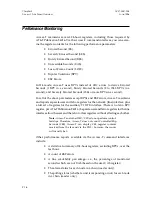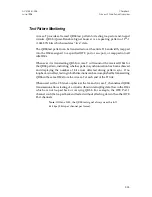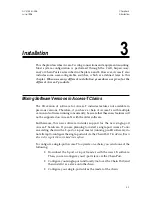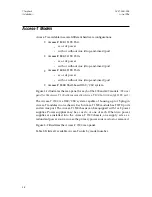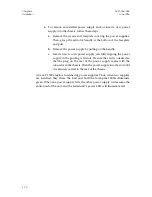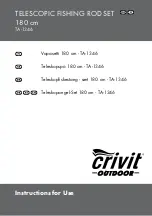
Remote Loopbacks
Remote loopbacks are commanded to the far-end through the FDL or in-band
codes. Each remote loopback corresponds to a local loopback. Loopbacks com-
manded via the FDL are not available in the D4 framing mode.
Remote Line Loopback
⑦
The Remote Line loopback corresponds to the LS Line loopback at the local
Access-T. These are separate in-band codes to actuate and release the Remote
Line loopback.
Remote Payload Loopback
⑧
The Remote Payload loopback corresponds to the DS Line loopback at the local
Access-T.
Remote CS-Line Loopback (V.54)
⑨
The Remote CS Line loopback corresponds to the CS Line loopback at the local
Access-T. The DTE in-band loopback is based on the T1E1 committee and the
CCITT V.54 description.
The loop or unloop code is transmitted and received in the time slot bundle
assigned to the port to be looped back. Transmission of loop codes on a given
DTE port does not affect the operation of the rest of the bandwidth. Only the
data bits are used. If the bundle is configured for Nx56, only seven bits are
scanned for the code; if Nx64 is used, all eight bits are scanned.
The loop or unloop code is sent for approximately 2.5 seconds, followed by a
two-second All ONES signal. When a Remote CS Line loopback is set, CTS is
de-asserted at the far end.
Disabling In-Band Codes
Access-T allows you to enable or disable the recognition of in-band line loop-
back codes. In both D4 and ESF modes, specific patterns in the T1 data bits are
used to establish and clear LS Line Loopback. If both Access-T and an external CSU
respond to in-band loopback commands, confusing situations can result. For this
reason, Access-T allows disabling of in-band loopback code recognition as de-
scribed in Chapter 7.
Chapter 2
ACST-0351-005
Access-T Functional Overview
June 1996
2-24







